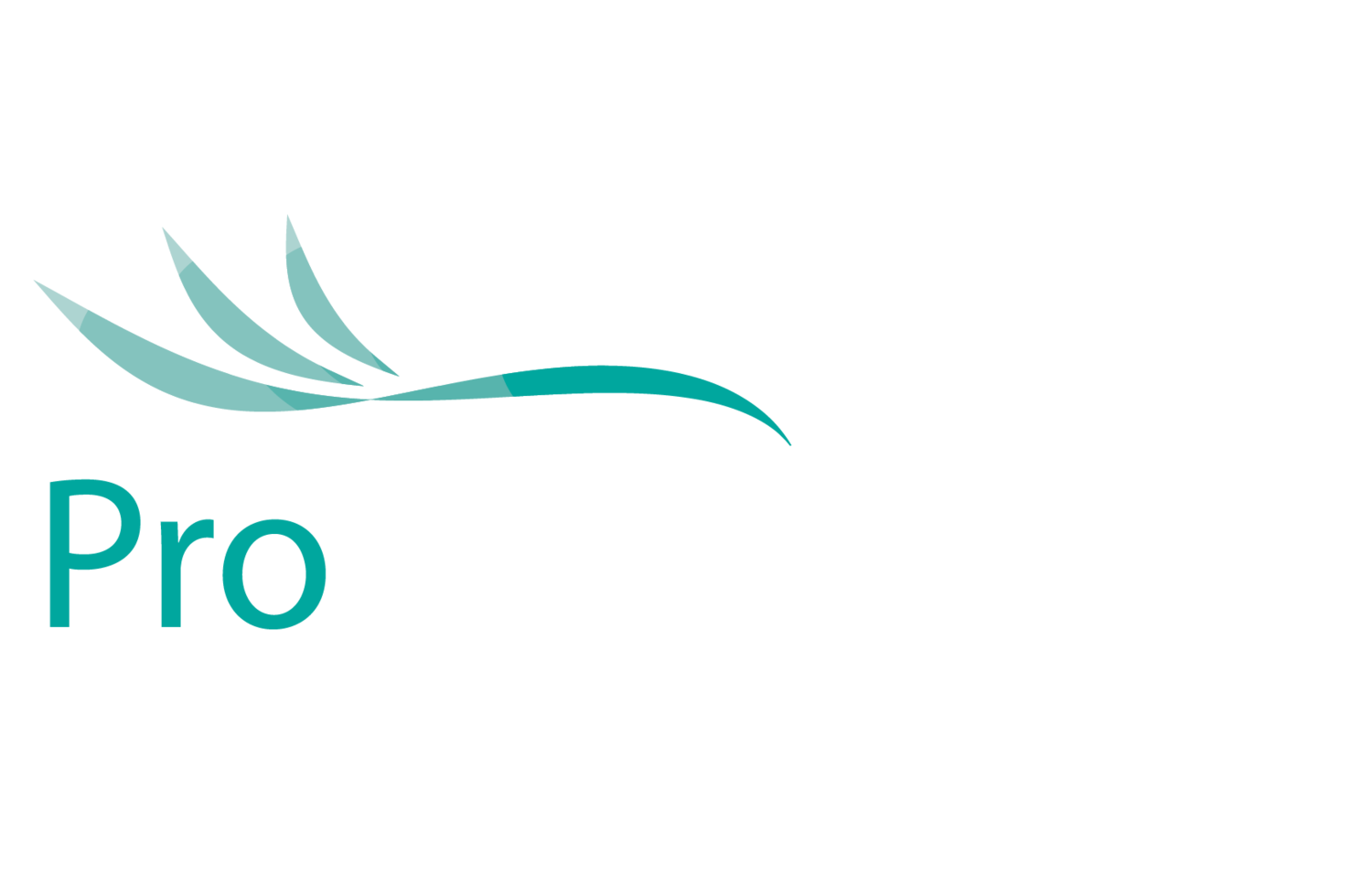With increased Mycotoxin risk during the summer, what should you consider?
During the summer period, clamp faces tend to be more prone to secondary mould growth due to the higher temperatures and the drying effect of the sun, which can lead to less stable clamp faces. Grass silage is generally considered to be a lower risk when it comes to mycotoxins compared to maize silage, but both forages can suffer from secondary fermentation and mould contamination, particularly if the face of the clamp is exposed to the open air in the warmer summer conditions.
Also during the summer, silage feed rates can be lower, especially if cows are grazing and the silage is forming part of a buffer feed. In these situations, it takes more time to move across the face of the clamp, increasing the risk of secondary fermentation and mycotoxin contamination.
The presence of mould does not necessarily mean that mycotoxins are present in a feedstuff, however the reverse also applies; feedstuff that appears to have an absence of mould is not necessarily mycotoxin free.
It is not fully understood why moulds produce mycotoxins, which are secondary metabolites. The hypothesis is that they are produced in response to a stress stimulus and help provide a competitive advantage to the mould or as a method of its propagation.
Ultimately mycotoxin presence in forages and feedstuffs is due to many factors from field through to feed out that can encourage mould growth.
Causes of Mycotoxins
Field stress
Toxin-susceptible crops, temperature, moisture, mechanical injury, insect or bird damage, fungal contamination.
Harvest stress
Crop maturity, temperature, moisture, inadequate covering.
Storage stress
Temperature, moisture, oxygen presence, pH.
Feeding conditions
Clean feeding environment and equipment, clamp face management, disposing of mouldy feedstuffs.
Animal stress
High production, negative energy balance, and heat stress can all exacerbate the risk that mycotoxins pose to the animal
Ways to mitigate the risk
There are several ways in which producers can reduce the mycotoxin risk. Ensuring the rumen is as healthy as possible is a good starting point, as the rumen microorganisms provide the first line of defence. Including Acid Buf in the ration is advisable to keep the rumen at the ideal pH to ensure the correct levels of microbes and protozoa are present.
Any visibly spoiled or mouldy material should always be discarded and feed-out areas cleaned daily to remove refusals. If the ration is heating in front of the cows – a sure sign aerobic fungal growth is taking place – consider feeding less but more often to reduce the time available for spoilage.
Higher feed costs this year may lead to farmers growing out silage to ‘bulk up their pits, however, some caution should be taken with this approach as more mature grass, with higher fibre content, also tends to be drier. This can increase the risk of poor fermentation, and as a result, mould growth in certain parts of the clamp can be a problem.
Finally, helping the rumen to remove the mycotoxins through the dietary inclusion of UltraSorb-R is key in overcoming the challenge. A clear performance response within 2-3 weeks of adding a broad spectrum, multi-component mycotoxin remediator to the ration is indicative that mycotoxins are present at significant levels.
UltraSorb-R benefits
• Higher feed intakes
• Increased milk production and growth rates
• Improved fertility
• Supports natural defences against mycotoxins
Unlike other remediators on the market, Ultrasorb R contains more than just clay and has been developed specifically for use in ruminants. In addition, its unique composition allows it to ‘open up’ important mycotoxins for de-activation, which other purely clay-based binders are ineffective against.



